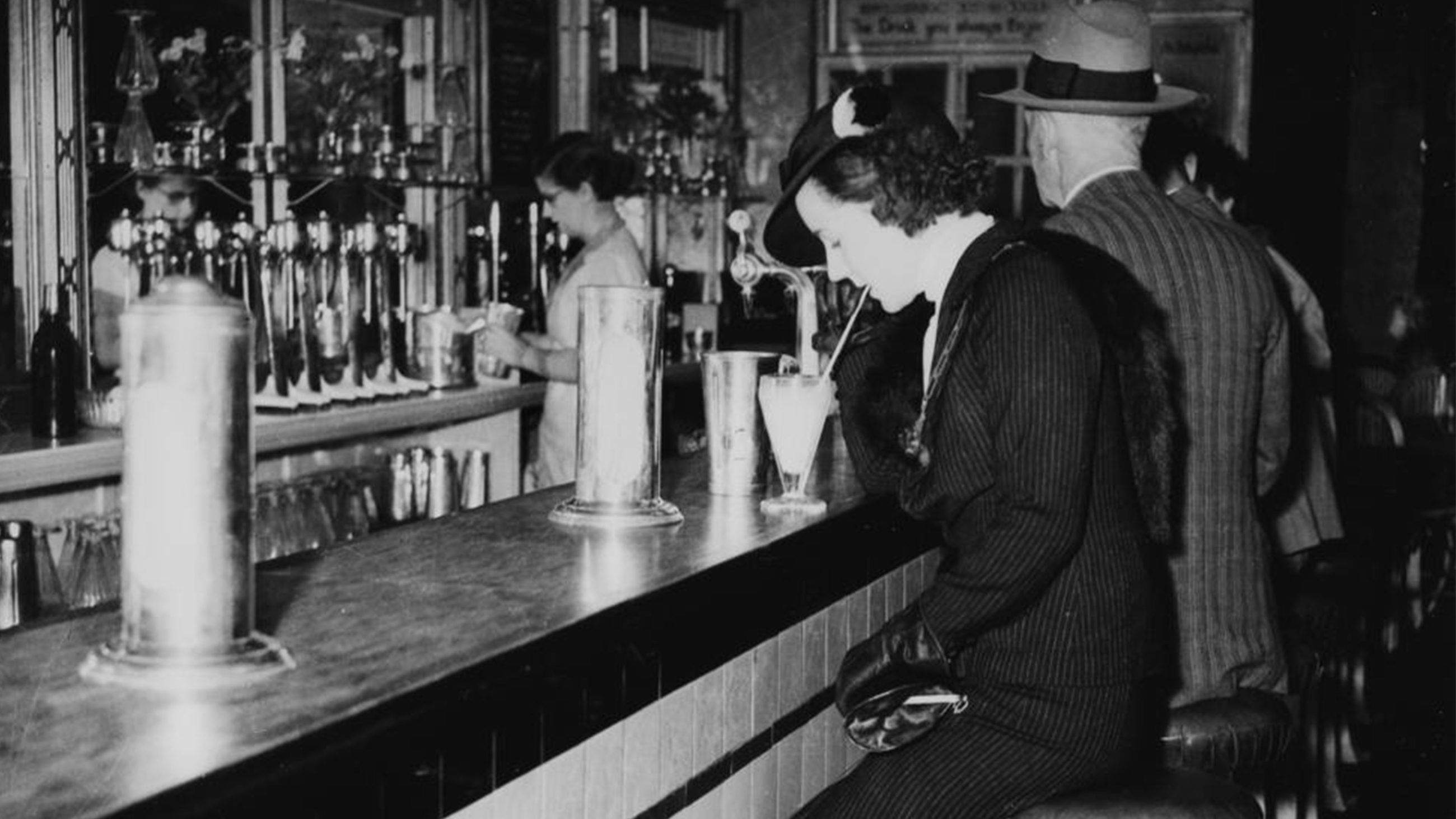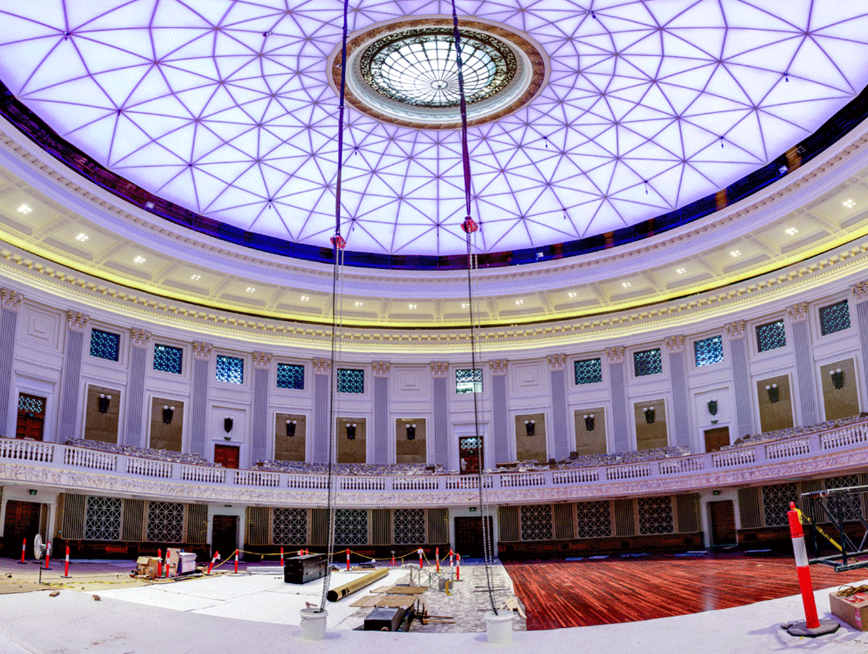The iconic Regent Theatre has wooed many in its time and no doubt plenty of wooing transpired beneath the opulent, painted ceilings. Perhaps you attended a performance in the original sumptuous auditorium with its intricate plaster moulding and red velvet curtains, or perhaps you frequented the late-night screenings of the Rocky Horror Picture Show each Friday. Many a head has tilted to marvel at the high-vaulted entry of this historic Brisbane building.
One of the five original Hoyts’ Picture Palaces, Brisbane’s Regent Theatre was officially opened on Friday 8 November 1929, shortly after the stock market crash in New York. Located on Queen Street in Brisbane city, the theatre made quite the impact with its palatial appearance, Hollywood-esque grandeur and automatic air conditioning.
Spanning all the way through to Elizabeth Street, The Regent seated more than 2,500 patrons in the early days and was home to both live entertainment and movies or “talkies”. This gave the theatre operators the unique advantage of being able to switch over to a stage performance if any of the film equipment broke down.
Unlike any other building in Queensland at the time, The Regent housed an impressive Gothic foyer with a grand marble staircase and French-style auditorium, which featured a one-ton bronze chandelier and 2,040 pipe Style 260 Wurlitzer organ (QAGOMA 2018: para.1,4). It was the last new Wurlitzer organ to be sent to Australia, leaving the factory in New York on 11 March 1929.
It is reported that the organ’s immense power was responsible for bringing lose small pieces of the ceiling during testing carried out prior to the theatre’s opening night. The magnificent instrument is said to have comprised 120 tons of parts and cost some £25,000 (McIver n.d.: para.6)
The popular American organist Stanley Wallace was the first to take the grand instrument for a spin, treating the opening night audience to a selection of classics and jazz. The evening’s festivities also included performances from the Regent Grand Concert Orchestra and The Regent Beauty Ballet. The feature presentation was a screening of the US musical film, Fox Movietone Follies of 1929.
In 1964, the organ was dismantled and transported to a private residence in the Blue Mountains, New South Wales. Over 40 years later, the Wurlitzer returned to Queensland, where it was installed in the Australian Cinémathèque at the Gallery of Modern Art. In early 2007, the organ was once again accompanying classic silent films. Its powerful pipes lie beneath the seating, giving audiences an intense and visceral audio experience.
The theatre itself has also been subjected to many changes. In 1979, The Regent’s main auditorium was demolished and replaced with four smaller cinemas. Similar refurbishments were being made all over Australia; it was the birth of the multiplexes that we know today. The grand foyer and entrance hall building escaped this major remodelling and remain largely unchanged, giving us a glimpse of Brisbane’s past – and a glittering glimpse at that!
Hinchliffe, J (19 November 2014) Reliving the glory days of Brisbane’s iconic Regent Theatre, ABC News, accessed 2 August 2021.
McIver, Ian (n.d.) The Regent, Theatre Organs Under the Southern Cross, accessed 2 August 2021.
Queensland Art Gallery | Gallery of Modern Art (21 September 2018) The Australian Cinémathèque Secret Weapon: The Wurlitzer, QAGOMA, accessed 2 August 2021.










